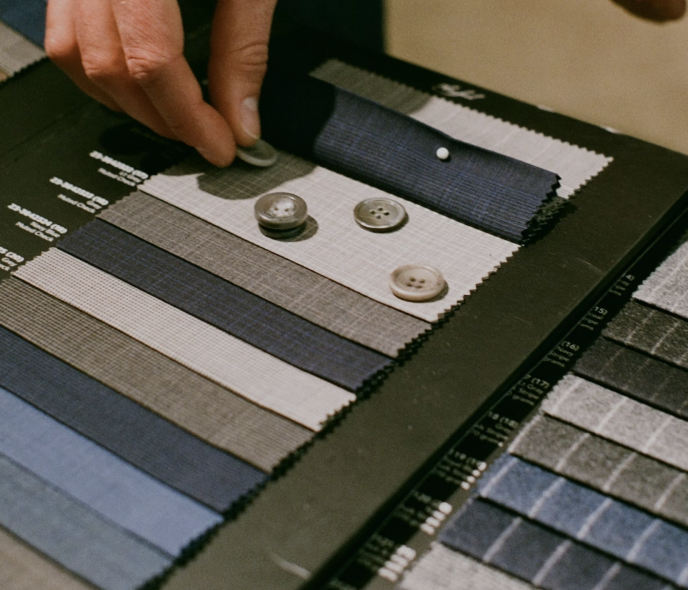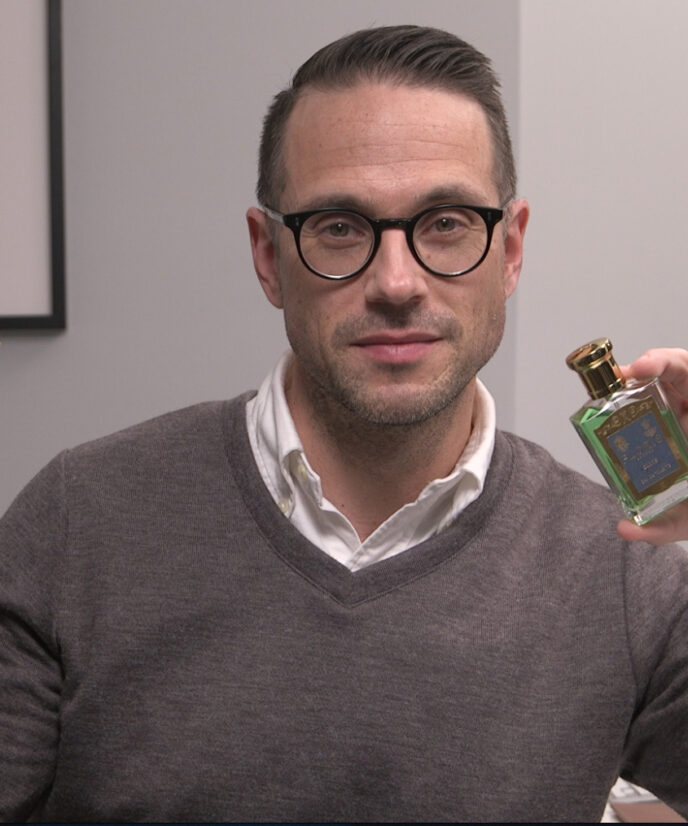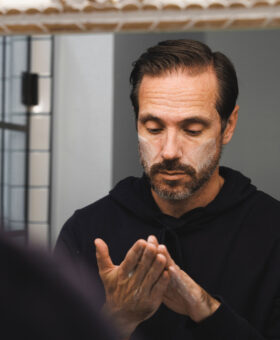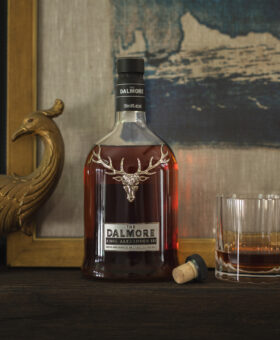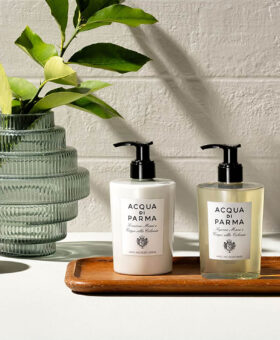

Share
Not quite how to make a Negroni correctly
In case you haven’t heard, the Negroni has more or less become the official cocktail of stylish gentlemen around the world. Thanks to the continuous stream of Negroni photos, chatter, and idolization on Instagram from friends of mine like Matt Hranek of WM Brown and the inimitable founder of The Rake and Revolution magazines, Wei Koh, the simple Italian-born cocktail has gained a stature that has the venerable martini shaking in its Nick and Nora glass.Among those who worship at the altar of Negroni, is none other than the actor, writer, producer, and film director, Stanley Tucci, who posted an IGTV video recently featuring his own Negroni recipe. That video went, let’s call it, viral-ish.
View this post on Instagram
As a former Rake coverboy–and, as logically follows, man of exceptional talent, style, and taste–Mr. Tucci’s Negroni-making lesson certainly piqued my interest. Like many, I was immediately mesmerized by his smooth delivery (and notable quarantine physique), yet my initial excitement quickly began to change to a different sort of feeling–horror.
As it turns out, Stanley Tucci’s Negroni recipe is fatally flawed and riddled with abominations. These are things that would be evident to even the most passive student of the Negroni. Let’s take a look his recipe and what went wrong.
Stanley Tucci’s Negroni Recipe
2 oz. Plymouth Gin
1 oz. Carpano Antica Sweet Vermouth
1 oz. Campari
Combine the gin, sweet vermouth, and Campari in a cocktail shaker full of ice. Shake for 15-20 seconds. Strain into a coupe. Squeeze a bit of juice from an orange slice into the drink. Garnish with the orange slice.
Where to begin? How about here…
1. Serving a Negroni “up”.
Traditionally, Negronis are served with ice. You can use either a use a single large ice cube (or sphere) or fill your glass mostly with ice. This not only keeps your drink chilled, but gives some shape and roundness to the bitterness of the Campari and the botanicals of the gin. Now, Mr. Tucci, did shake the ingredients, which would provide a bit of that desired dilution.
2. You don’t shake a Negroni.
When it comes to shaking or stirring a cocktail, the prevailing wisdom states that you stir cocktails with spirits and you shake cocktails with citrus. As a spirit-only cocktail, a Negroni should be stirred. It’s not even necessary to have a mixing glass–build the drink in your tumbler.
3. Wrong proportions.
A Negroni is an equal-parts cocktail. It’s frankly one the aspects of the drink that makes it so magical–that perfect, equal interplay of botanicals, bitter, and sweetness. Tucci suggests proportions of 2-1-1, which favors the gin. I’ve seen recipes that slightly favor the gin–proportions can be a matter of personal taste, after all (I’m looking at you, Martini)–but for me, 2-1-1 is a bridge too far. Mr. Tucci uses Plymouth gin, however, which is pretty savory and void of the some sharpness found in gins like Monkey 47. I find Beefeater to be the perfect balance for a traditional Negroni.
4. If you don’t like gin, you can use vodka.
…and then you can completely miss one of the most important elements of the Negroni–the botanicals. If you use vodka, you’re not drinking a Negroni anymore!
5. Don’t use Martini & Rossi sweet vermouth.
There’s nothing wrong with Martini & Rossi sweet vermouth. In fact, some of the most delicious Negronis I’ve ever tasted in Italy have been made with Martini & Rossi sweet vermouth. Is it cheap? Sure is. Where a lot of people go wrong is they will buy a bottle, use it once, and then keep it in a cabinet, which leads to it turning and tasting terrible two to three weeks later. Vermouth is a fortified wine and needs to be refrigerated after opening to keep.
6. Serve in a coupe.
If I was ever served a Negroni in a coupe, I would send it back and ask for it to be dumped into a tumbler.
7. Add some juice from the orange wedge garnish.
Juice? No. Expressing some of the oils from the peel over the drink? Yes.
Despite these seven mistakes, Mr. Tucci did offer a couple pieces of good advice.
1. Use a good sweet vermouth.
It’s amazing how much a “good” sweet vermouth can change the profile of your Negroni. Carpano Antica, as Mr. Tucci suggests, is one of the most delicious sweet vermouths out there. It’s got a round quality to the taste, there’s a bit of vanilla, lots of body. It’s decadent and makes a decadent Negroni. I would also suggest Punt E Mes or Cocchi Torino.
2. Garnish with an orange slice.
The orange is the final detail–the pocket square or cologne, if you will–of the Negroni. It ties everything together. Do not forgo the garnish. You can also use an orange peel.
Now, there’s a bit of understated humor (and mild sarcasm) in parts of Stanley Tucci’s Negroni masterclass. He’s a true gentleman. And this post–if you haven’t already guessed–has been written in that same spirit. Thank you, Mr. Tucci, for helping to elevate the profile of “Menswear’s Favorite Cocktail”. Cheers!
Thoughts? Chime in below in the comments.
Stylishly Yours,
Brian Sacawa
He Spoke Style





